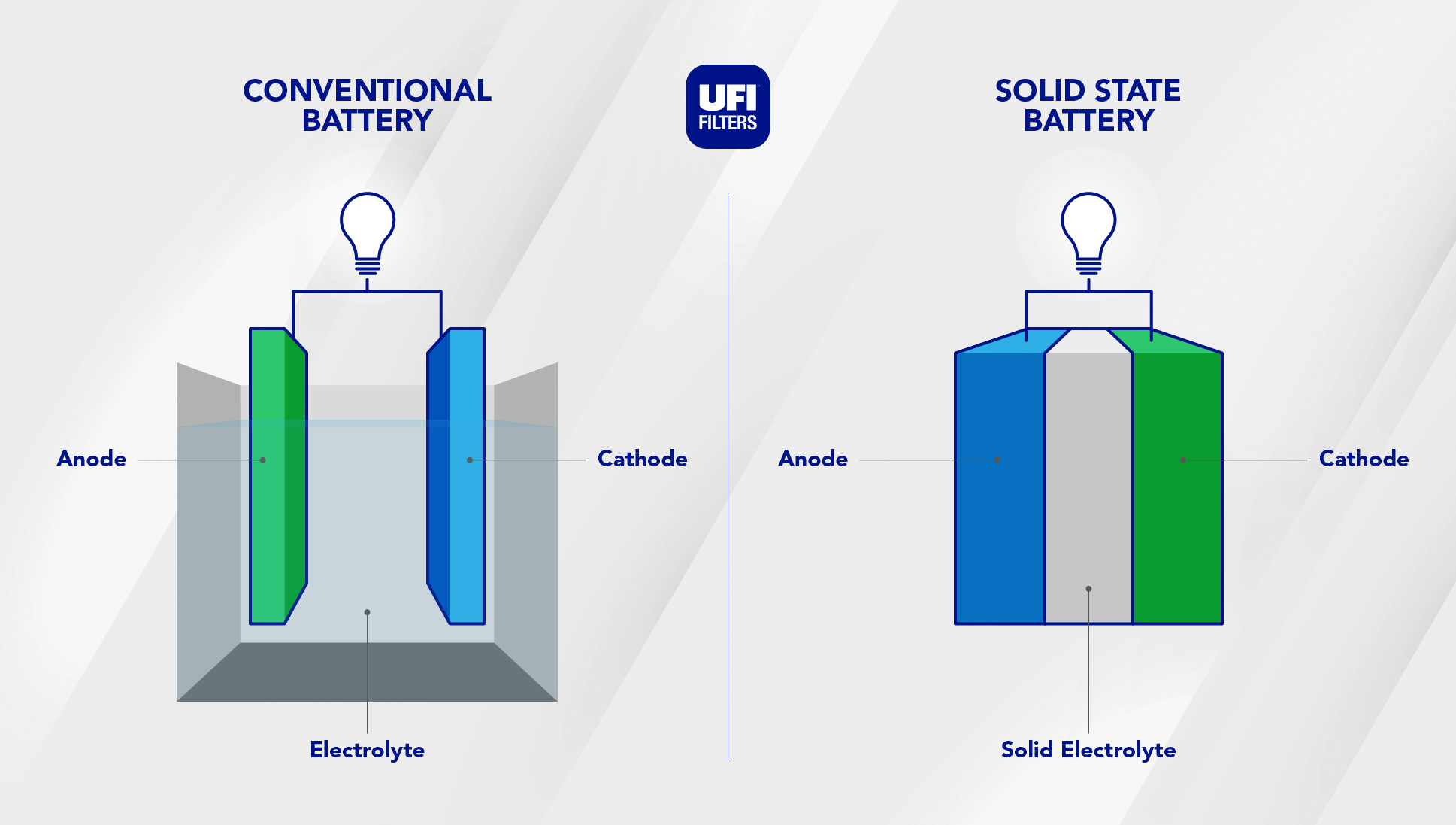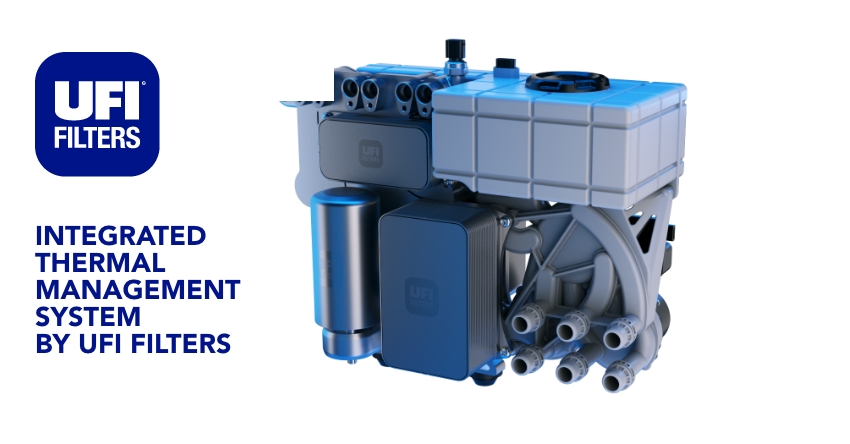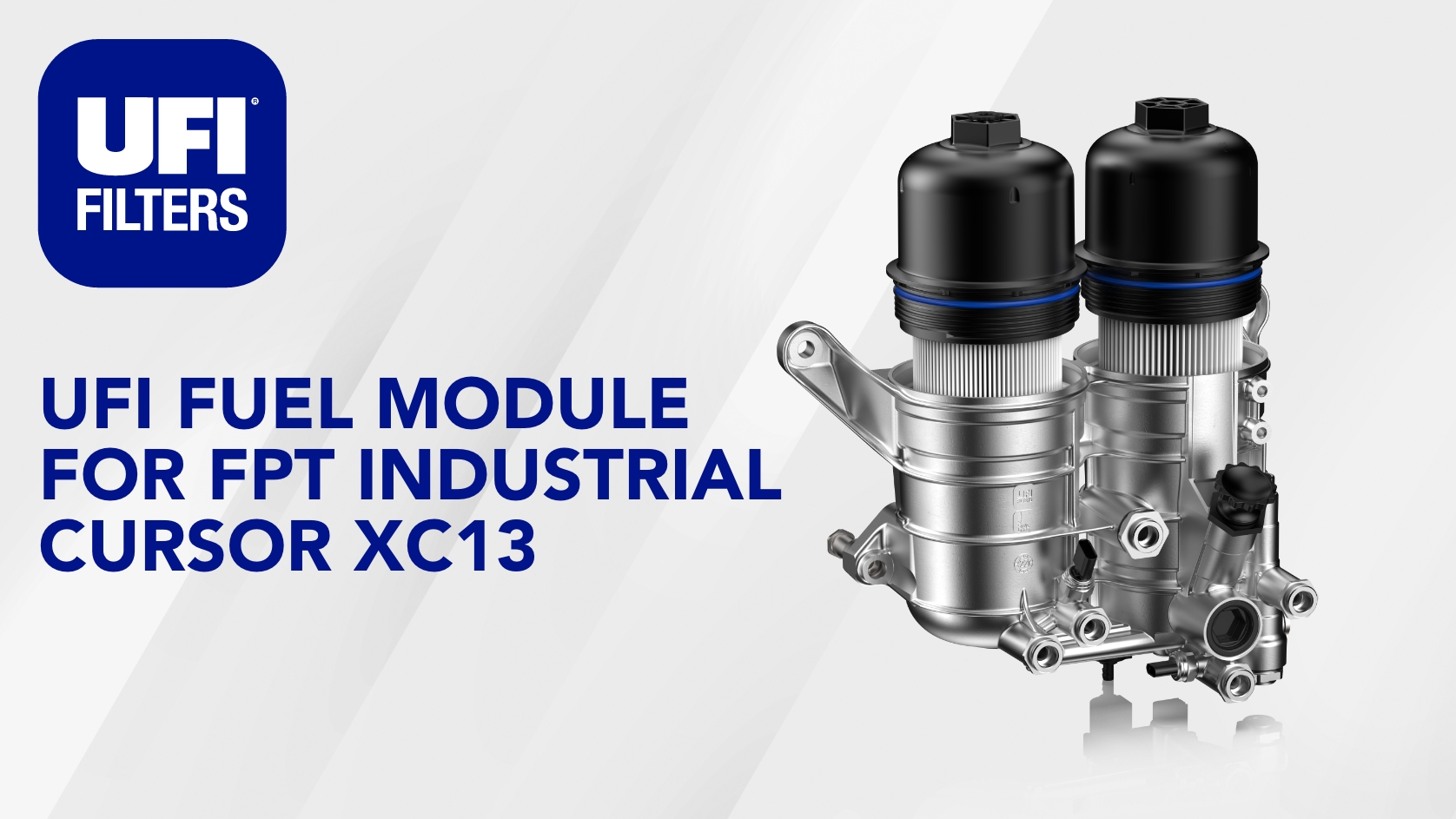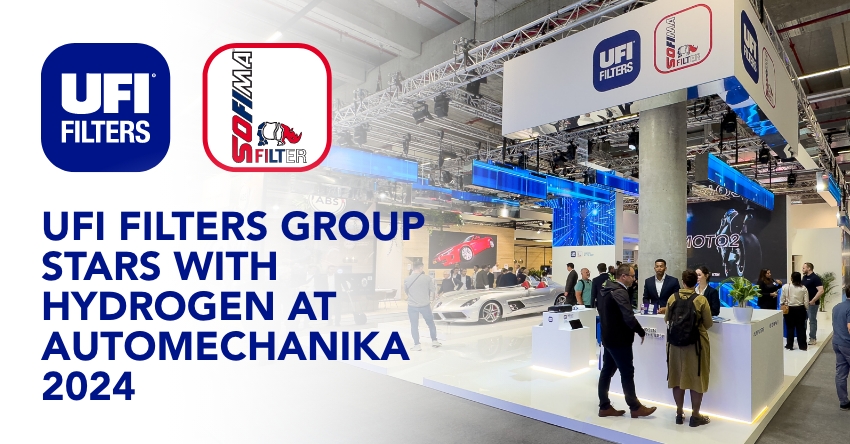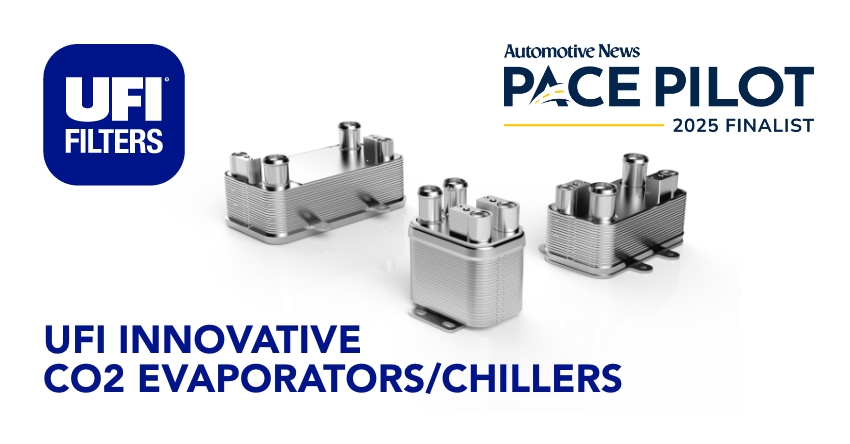Heating the passenger compartment and managing the temperature of the batteries with a heat pump preserves the range of electric engines
Ensuring a comfortable temperature inside the passenger compartment, even in cold weather, has long since ceased to be a problem. The combustion engines fitted in cars, due to their low efficiency (25-40%) in energy conversion, lose around 60% of their energy in the form of waste heat that is lost to the environment. In winter, some of this heat can be used by the HVAC (Heating, Ventilation & Air Conditioning) system to ensure an adequate temperature in the passenger compartment. In detail, the heat removed from the combustion engine by the coolant is released into the passenger compartment through the HVAC system’s water/air radiator.
This does not happen on electric vehicles, which, by their nature, are much more efficient than combustion cars (the efficiency of an electric motor is around 80-90%), so they generate much less heat. One solution to achieve a comfortable temperature is to use a PTC (Positive Temperature Coefficient) heater, which converts electrical energy into heat via a resistor. In very cold weather, however, this device can absorb a significant amount of energy, which is drawn from the car’s traction battery, negatively affecting its range.
It is often believed that the reduction in range at low temperatures is due to a reduction in battery performance. Although lithium-ion batteries do not perform optimally at extreme temperatures, this has much less impact on the range than the load from auxiliary services, such as the PTC heater. In addition, car manufacturers have designed thermal management systems for batteries to keep them within an optimal temperature range, further limiting the reduction in performance.
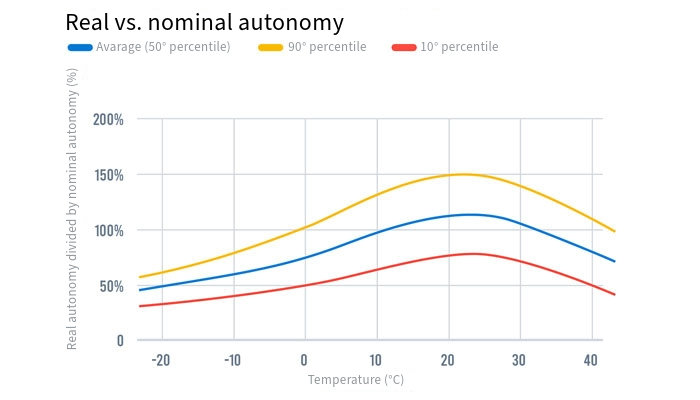 Percentage between real range of an electric vehicle and nominal range as a function of temperature, based on EPA measurement methodology
Percentage between real range of an electric vehicle and nominal range as a function of temperature, based on EPA measurement methodology
Source Geotab (www.geotab.com)
In general, the range of an electric vehicle decreases when the outside temperature moves away from 20-23° C and drops significantly when it falls below 0° C.
An important aspect of the impact that cold weather conditions have on the decrease in range is the type of vehicle use (continuous or stop-and-go), which may require more energy to be used by the PTC heater to heat the passenger compartment, with reductions of up to 50 per cent compared to the approved range.
Below are the results of range reduction at 0° C from data collected on a sample of 10,000 electric vehicles in the US. The study was conducted by Recurrent Auto, a US platform specialising in providing dealers and consumers with information and analysis on electric vehicle batteries.
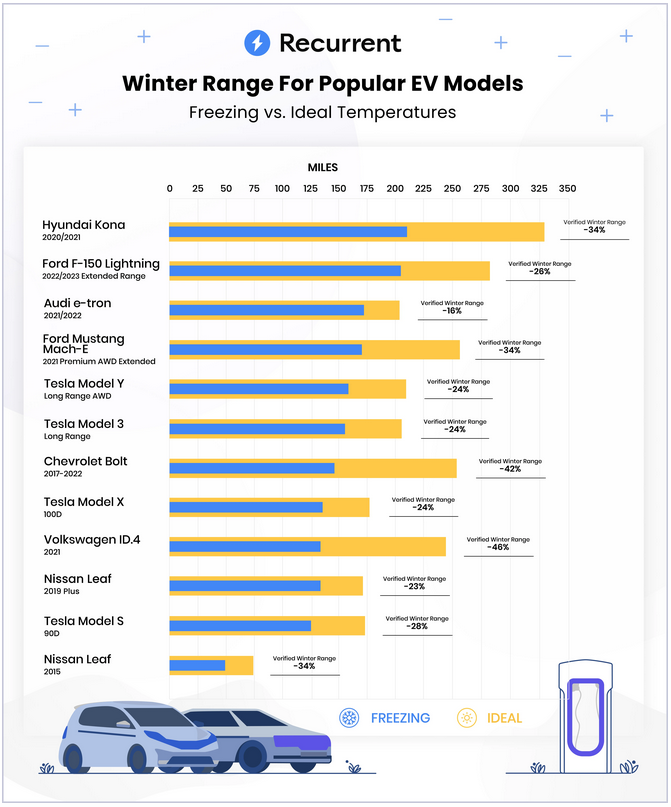 The heat pump
The heat pump
An increasingly popular solution for reducing the energy required for heating the passenger compartment compared to PTC heaters is a heat pump thermal management system. This device is becoming more widespread for environmental reasons in domestic heating systems, but is also of importance in the automotive field.
This is a system that, using a refrigeration cycle in reverse to cooling (achieved with air conditioners), takes heat from a hot source and transfers it to where it is needed. In an electric car, in addition to utilising thermal energy present in the external environment even at low temperatures, heat is developed in components such as the electric motor, transmission, inverter, battery and charger.
The heat pump takes this energy and uses it to heat the passenger compartment or other components (such as the battery), using much less energy for its operation than devices such as PTC heaters. This benefits the car’s battery range, which increases by 10 to 25 per cent.
In the Recurrent Auto study reported here, temperatures are expressed in degrees Fahrenheit (32° F equals 0° C, 14° F equals -10° C), range in miles (one road mile equals 1.6 km).
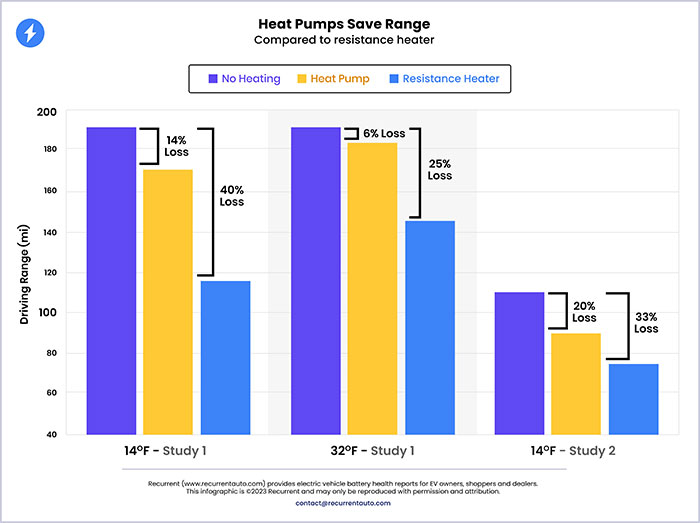 An integrated heat pump thermal management unit consists of several elements. In fact, it consists of two heat exchangers, called chillers and condensers, a compressor and a valve for the coolant, whose task is to direct the flows (hot and cold) to the consumers of the vehicle they serve, as required.
An integrated heat pump thermal management unit consists of several elements. In fact, it consists of two heat exchangers, called chillers and condensers, a compressor and a valve for the coolant, whose task is to direct the flows (hot and cold) to the consumers of the vehicle they serve, as required.
In the chiller, which is an ‘evaporator’ with an expansion valve, a heat exchange takes place between two fluids: its task is to remove heat from the coolant (consisting of water and glycol) as the phase change of the refrigerant from liquid to gaseous. In the compressor, the refrigerant, in gaseous form, is compressed and increases in temperature. The refrigerant is then sent to the liquid cooled condenser, where it returns to the liquid state by giving up heat to the coolant. The heat energy thus obtained is used to heat the air taken from outside the car and conveyed into the passenger compartment. The coolant then flows back into the chiller, repeating the cycle.
Integrated Thermal Management System (ITMS)
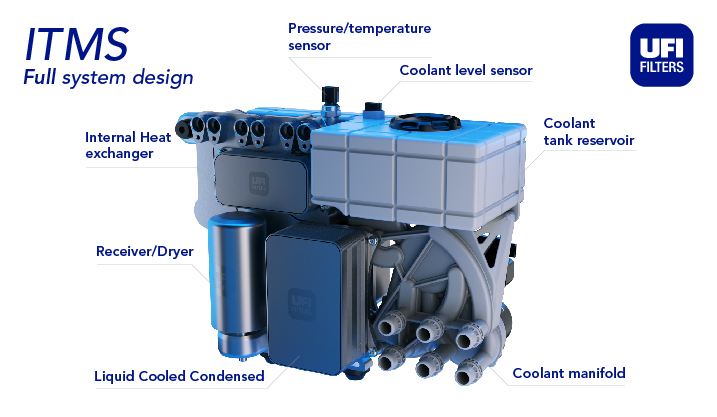
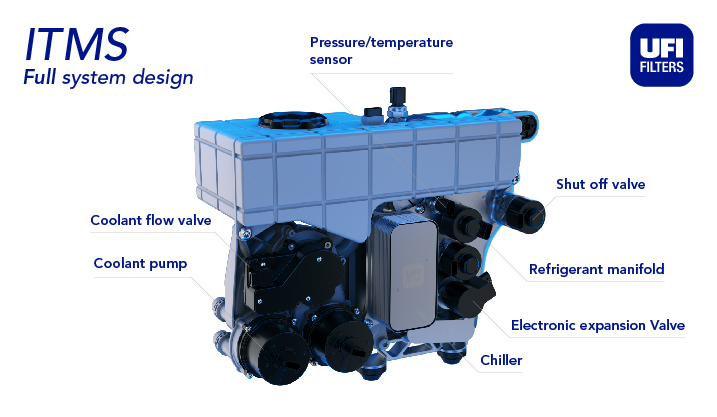 Two examples of UFI Filters thermal management units integrated with the heat pump
Two examples of UFI Filters thermal management units integrated with the heat pump
Controlled temperatures
However, the heat pump’s task is not limited to providing warm air for the passenger compartment. Its role is also crucial in maintaining the optimum operating temperature of the battery, which for today’s lithium-ion batteries with liquid electrolyte is between 15 and 30° C. The coolant managed by the heat pump is used to heat or cool the battery, as required.
It is important to emphasise that the role of the heat pump will remain essential in the future, when different types of batteries than the current ones will become established, such as solid-state batteries that will offer greater autonomy and faster charging times. In this type of battery, which today is used in a few automotive applications, the electrolyte between the anode and cathode is solid, rather than liquid; their optimum operating temperature is between 50 and 110° C depending on the chemistry. The heat pump therefore has the task of heating the fluid to guarantee this value, but also of cooling it to prevent it from exceeding 150° C.
A wide range of components
In this sector, which is set to see major developments with the increasing popularity of battery-powered vehicles, UFI Filters is already able to supply original equipment manufacturers with both individual components, such as the chiller and liquid cooled condenser, and complete modules.
Chillers and liquid cooled condensers are produced by UFI Filters using the special technique of vacuum brazing, a process that allows products to be made entirely of aluminum by overlapping the plates in a vacuum furnace that avoids the risk of oxygenation and makes the addition of other materials unnecessary. UFI Filters is also developing a dryer/accumulator, a type of filter dryer used in the refrigerant circuit and the ducting system.

